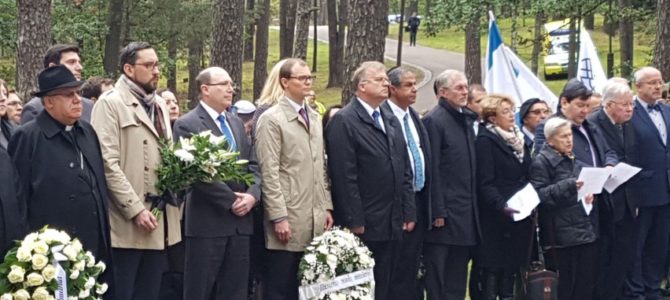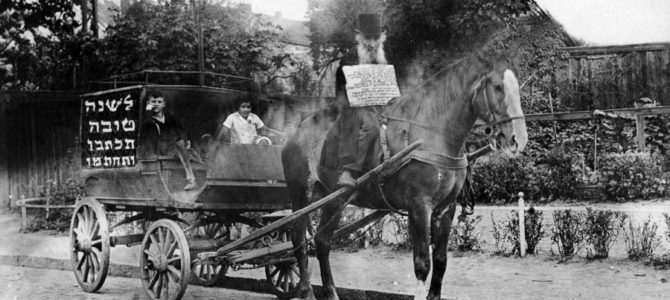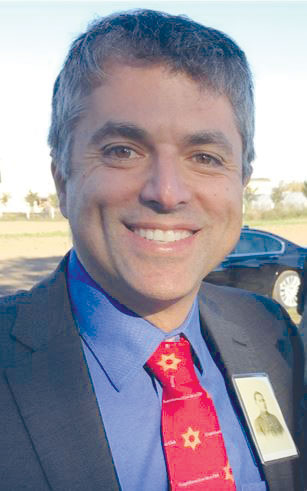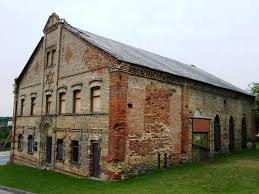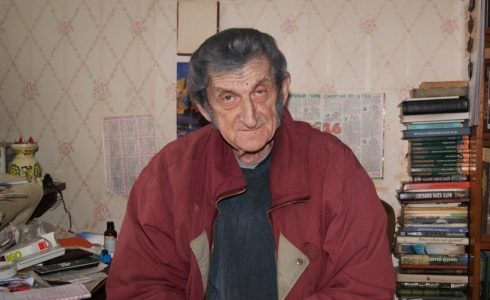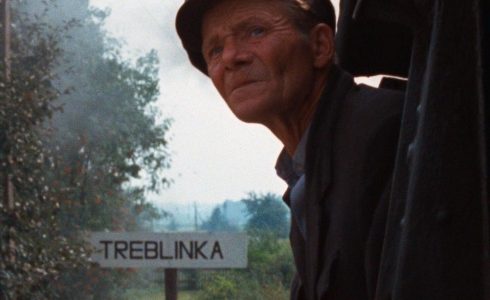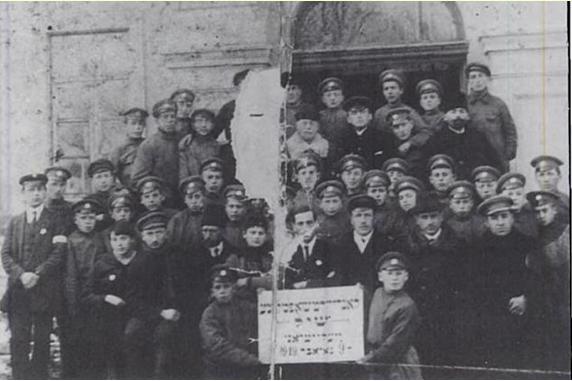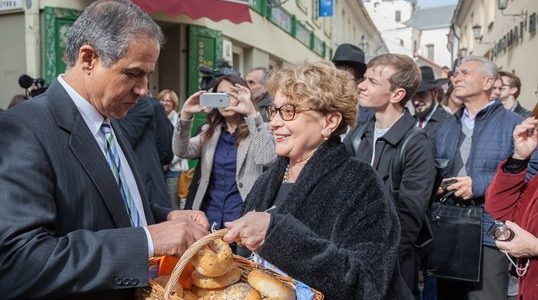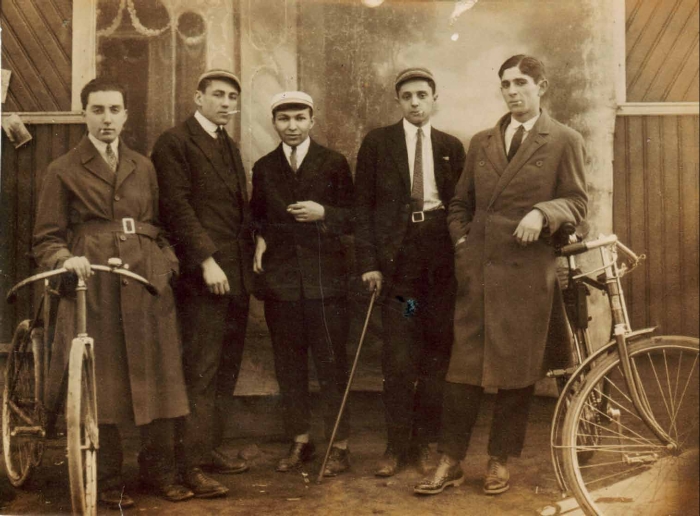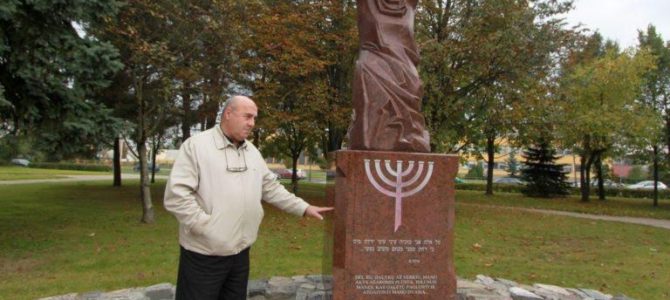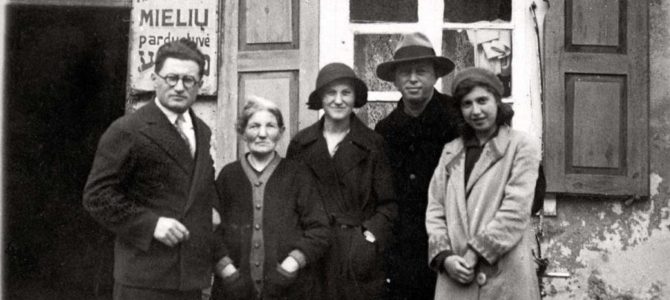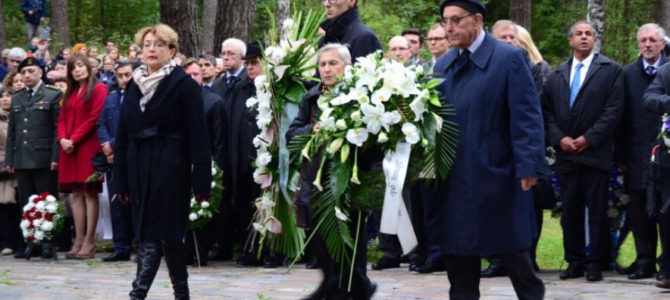
Dear participants,
I am sincerely thankful that you have gathered here today together with the Jewish Community to honor the memory of Holocaust victims.
But can we truly speak about honoring Holocaust victims when multiple streets in Lithuania are named after Kazys Škirpa, there is a school named after Jonas Noreika and the monument to Juozas Krikštaponis has still not been torn down?
We don’t have public spaces named after Ozer Finkelstein, Katz Motel or Volf Kagan. How many know the name of Liba Mednikienė, a scout in the Lithuanian battles for independence? Despite her service, she was murdered by Lithuanians during the Holocaust.
This and similar fates awaited the victims at Ponar. Our younger generation still doesn’t know about 650 years of Jewish history in Lithuania, before, during and after the Holocaust. Will the history textbooks teach this to the young citizens of Lithuania someday?
The Lithuanian Jewish Community has more questions than answers. The only sure thing is that an irreversible process has taken place and the country will never again be what it was before the Holocaust. But the Jewish Community is still here, and as long as it is, it will seek justice. But the highest value, truth, can only be restored when Lithuania works up the courage to name the perpetrators of the Holocaust. To remain silent about the Holocaust perpetrators, to forget the victims of the Holocaust and to disregard the living Jewish community is the same thing as killing the Jews again.
Today we mark the 75th anniversary of the beginning of the mass murder of the Jews in Lithuania. Our hope is that the smaller towns of Lithuania will remember their lost Jewish communities all year round, not just during Holocaust commemorations. From sporadic, random and often simply superficial events, memory of the Holocaust needs to become general knowledge, to become an integral part of the worldview of every conscientious citizen of Lithuania.
Thank you all who are not indifferent to the memory of the Holocaust, the Jewish tragedy, Lithuania’s tragedy.


